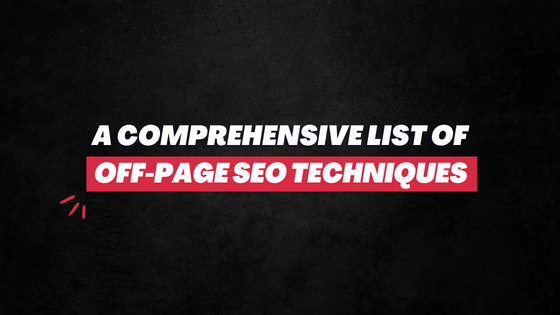How does Google understand the difference between ‘Apple’ the tech company and ‘Apple’ the fruit?
Or how do search spiders distinguish between ‘It’ the pronoun and ‘It’ the massively-successful horror movie?
The answer is LSI— short for Latent Semantic Indexing.
What Are LSI Keywords?
Latent Semantic Indexing is a method used by search engines to identify the relationship and relevancy between a search query and the content on a web page.
How does it identify this “relationship and relevancy”?
By looking for closely related words of the search query in the webpage content. These closely related words are called LSI keywords.
Okay, let’s make this easier to understand…
LSI Keywords Example
Say you’ve written a post on content writing, titled “How to be a successful content writer?”
Now the Google bots will crawl through that post and try to deeply understand its topic. (For instance, it would find out the relationship between the title and the body). It does this by looking for LSI keywords in the content.
After an in-depth understanding of your page’s topic, the search engine will then rank that URL based on its relevancy with respect to search queries.
If someone searched for ‘content writer tips’…
Google will figure out “How relevant is this page to this search query?”
Aside from primary and secondary keywords, it will look for LSI phrases like: content writing tips, what does content mean, content writing services.
If it’s too relevant, this will positively reflect your ranking. If not, you would rank lower.
(Of course, many other factors also come into play in the final ranking on SERP. But overall, this is how LSI keywords work.)
Here’s a list of LSI keywords of ‘content writing’ generated by LSIGraph.com:
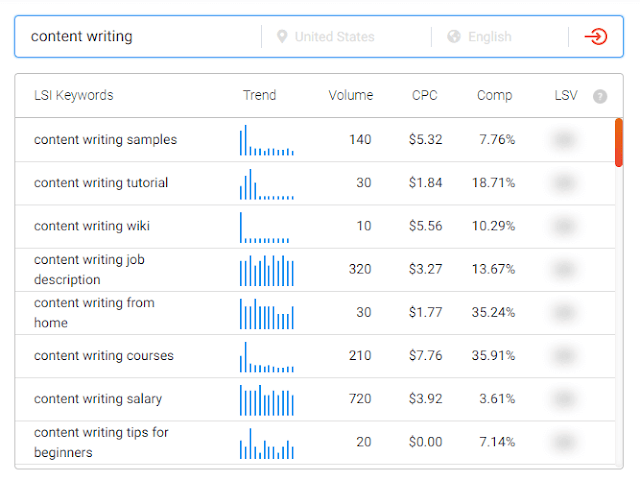
Why Should You Get LSI Keywords?
Let’s use 2 scenarios to understand:
#1. There are two articles with the same set of primary and secondary keywords. The keyword density in the article is the same as well. With DA and other SEO metrics/factors put on constant, how will Google decide which one to rank higher on the result page?
It will rely on LSI Latent Semantic Indexing keywords to identify which one of these 2 articles is more relevant to the search query. It will then rank them accordingly.
#2. There are two articles on the same topic. They are targeting the same set of keywords. But one has the higher keyword density in the content — and it’s poorer in quality.
If it ranks higher just because of its higher keyword density, would that not be unfair to the other quality content?
To counter this problem, search engines now no more prioritize keyword density as much as they once did. To make sure the result matches the intent of search queries and quality is rewarded over some “hacks” (like keyword density), they look for a range of LSI keywords on a webpage, in content.
How to find LSI keywords?
LSIGraph.com is possibly the best and simplest LSI keyword generator out there.
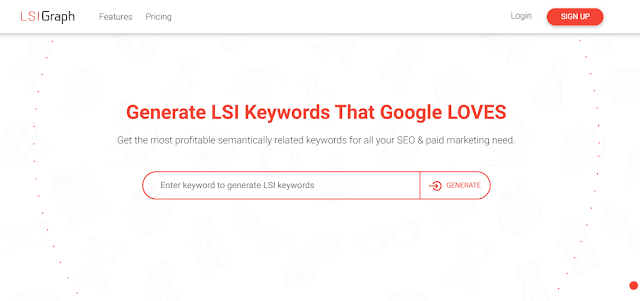
However, it only offers 3 free searches. After that, you’ll be prompted to buy one of its premium plans…
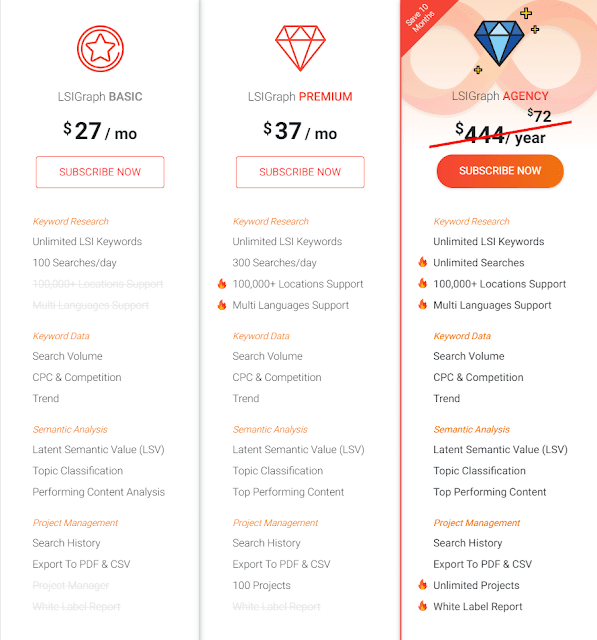
Of course, you can bypass this limit to use the tool for free by using a VPN. But if you can afford it, you should definitely buy a plan.
Other tools include ‘Keyword Sheeter’ and Keywords Suggestion Tool of The SEO Tools.
Ultimate Keyword Hunter (here) is another popular tool. But it requires you to install it on your computer. I have never used it personally. Try it if you’ve got the time and see if it’s any good.
Another way to get LSI keywords is to look at the Google search result page yourself.
Google your keyword. Scroll down and see ‘Searches Related to *your keywords*’. These are your LSI keywords.
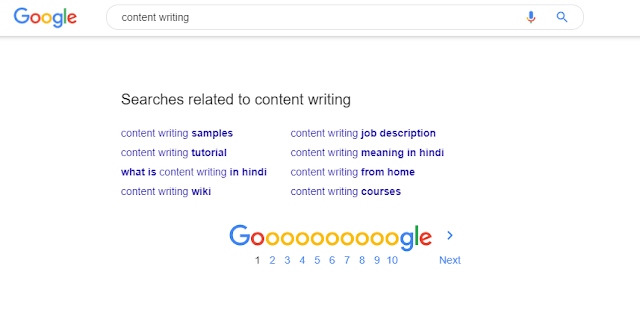
Also, throughout the page, look for bold words in the description/snippet of every result.

Know why they are bold? Because these are words that tell Google about the relationship between the search query and the content of that webpage
Mark them out too — they are your LSI keywords.
How to use LSI keywords?
Just sprinkle them enough throughout your article.
Write your post normally. Once done, when editing and proofreading, put them in sentences wherever they fit.
And now your content is completely ready to do slightly better on SERP… with just minutes of extra work.
Isn’t that awesome?
Now that you know what is LSI in SEO, go ahead and start your research.
Leverage a good latent semantic indexing tool, find suitable LSI keywords, and use them throughout your next blog post to get more search engine love.
Recommended Read:
For more on content marketing strategy and SEO to boost traffic, follow Spell Out Marketing on Instagram! 🙂


